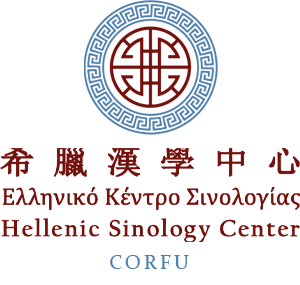Applicants must meet the doctoral admissions criteria of both IU and BLCU. At minimum, this means holding a Master’s degree (or equivalent postgraduate degree) from an accredited institution recognized by both IU and BLCU as equivalent to their own master’s degrees. The field of the prior degree should be relevant to the intended Ph.D. research area. In exceptional cases, outstanding candidates with only a Bachelor’s degree may be considered if permissible under both institutions’ regulations and if the candidates have demonstrated exceptional research capabilities; however, any additional coursework or bridging requirements for such cases must satisfy both Greek and Chinese academic standards.
Applicants must demonstrate proficiency in English (as English is the working language of the joint program). They should be able to read academic literature, write scholarly papers, and defend a doctoral dissertation in English. Acceptable proof of English proficiency includes a valid certificate (e.g., IELTS, TOEFL, or Cambridge English) at a high level or a degree from a program taught in English. If an applicant cannot provide a formal English certificate, a joint committee of IU and BLCU (with at least one representative from each) will evaluate the English language competency of the applicant, for example, through an interview or internal test. Additionally, applicants who are not native speakers of Greek or Chinese must be willing to acquire basic communicative skills in the host country’s language for daily life and integration, though this is not an admission requirement but rather an expectation for cultural immersion.
Applicants should have a strong academic record, with demonstrated excellence in previous studies. Prior research experience, publications, or other evidence of scholarly potential will weigh favorably in the selection process. Applicants are also expected to meet any program-specific prerequisites set by IU and BLCU.
Selection Process
The selection of candidates is carried out jointly. A Joint Admissions Committee (JAdmiCom) comprised of the two program directors/coordinators and one faculty member from both IU and BLCU, supported by the respective secretariats in IU and BLCU, will evaluate each application. The evaluation process includes:
Document screening: Verification of eligibility and assessment of academic background and research proposal quality.
Interview: Shortlisted candidates will be invited to an interview conducted in English (in-person or via video conference). The interview panel will include the members JAdmiCom, and it will assess the candidate’s research aptitude, subject knowledge, communication skills in English, and motivation for entering the joint program. The interview may also explore the feasibility of the proposed research and the candidate’s expectations.
Final approval: Candidates recommended by the JAdmiCom must be approved by the competent authorities at each university (e.g. the departmental doctoral committee, the departmental assembly or equivalent). An admission offer is only final when both IU and BLCU have given approval. Candidates will then receive official admission letters from both institutions.
Admission offers may be conditional, for example requiring the completion of a pending Master’s degree or language course or the acquisition of an English language qualification before enrollment. The program will admit a limited number of students per cohort to ensure quality of supervision. Admissions shall be conducted in accordance with the principles of equal opportunity as articulated by both IU and BLCU.
Tuition Fees
The per-year tuition fee for the joint PhD program is set by the Beijing Language and Culture University and is payable to the Beijing Language and Culture University. The student is responsible for the tuition fee and all living expenses abroad (including round-trip international travel expenses, accommodation, meals, overseas medical insurance, communication expenses, and other living expenses), as well as passport and visa fees.





